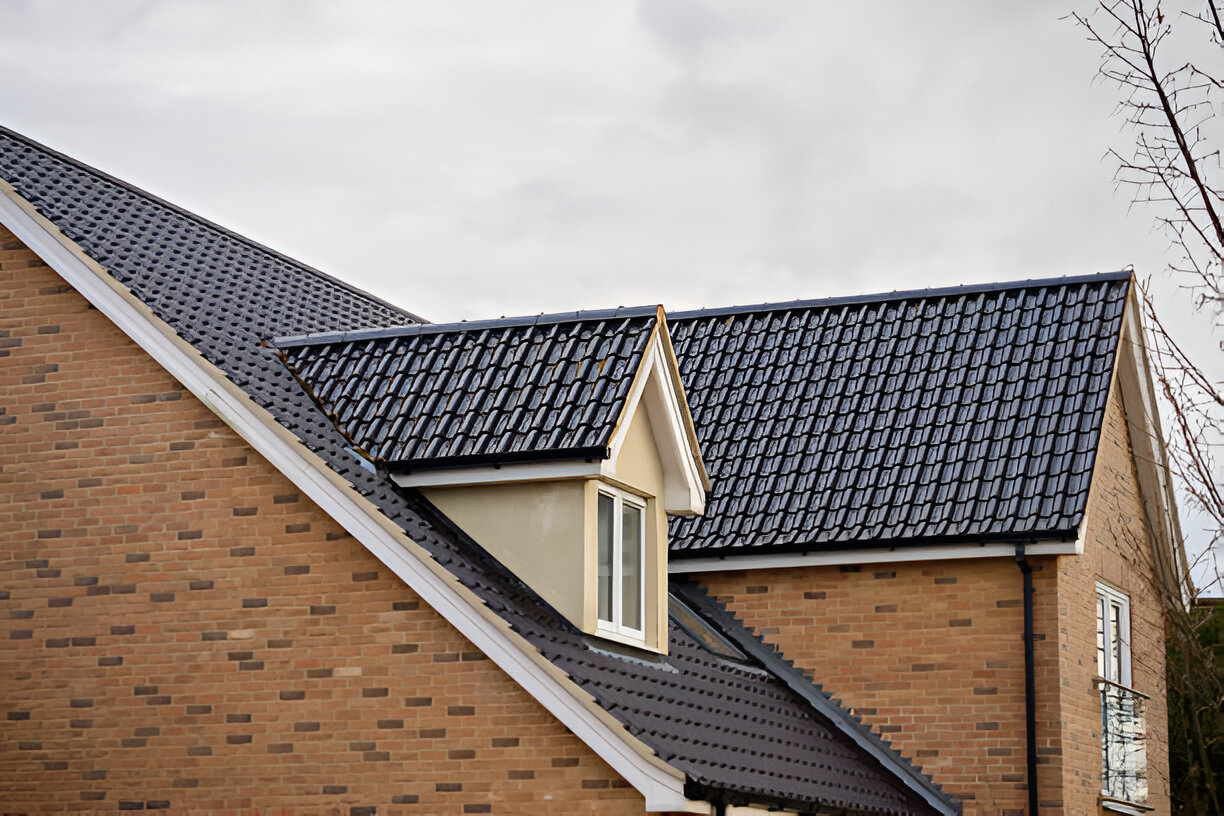Our Blog

How to Restore a Heritage Roof Without Losing Its Charm
Heritage roofing is an essential part of Australia’s architectural history, showcasing the craftsmanship and design styles of different eras. Restoring a heritage roof can be a delicate process, as maintaining the original charm while ensuring longevity and structural integrity is crucial. Whether you own a historic home, a heritage-listed property, or a building with traditional roofing materials, heritage roofing repairs must be approached with care. Here’s a comprehensive guide on restoring a heritage roof without compromising its character.
1. Understand the Importance of Heritage Roofing
Heritage roofs often feature traditional materials like slate, terracotta tiles, shingles, or even corrugated iron, depending on the region and architectural style. These materials contribute to the visual appeal and historical significance of the building. Preserving heritage roofing is not just about aesthetics—it’s about maintaining cultural heritage, increasing property value, and ensuring compliance with heritage conservation laws in Australia.
2. Assess the Condition of the Roof
Before commencing any heritage roofing repairs, a thorough inspection is crucial. Look for signs of damage, such as:
- Cracked, missing, or loose tiles
- Rusted metal sheets or nails
- Water damage and leaks
- Deterioration of timber structures
- Sagging or structural weaknesses
Hiring a heritage roofing specialist to conduct a detailed inspection will help identify issues that require immediate attention while preserving as much of the original material as possible.
3. Understand Heritage Roofing Regulations in Australia
In Australia, heritage-listed properties are often protected by local and state government regulations. Before undertaking any restoration work, check with your local council to determine if you need approval for repairs. Some councils may require you to use specific materials or techniques to ensure the integrity of the heritage roof is maintained.
The Heritage Council of Australia and the National Trust of Australia offer guidelines on heritage conservation, helping property owners make informed decisions about roof restoration.
4. Use Traditional Materials and Techniques
Using traditional materials and restoration techniques is crucial to retaining the authenticity of heritage roofing. Here are some options based on the original roofing type:
- Slate Roofing: Slate tiles are commonly found in Victorian-era homes. When replacing broken tiles, source reclaimed or new slate that closely matches the original in colour, texture, and thickness.
- Terracotta Tiles: Often seen in Federation-style homes, terracotta tiles should be repaired or replaced with matching tiles to preserve the roof’s charm.
- Corrugated Iron Roofing: A staple in rural Australian heritage properties, restoring corrugated iron roofing involves treating rust, replacing sheets with historically accurate profiles, and repainting with heritage colours.
- Shingles and Timber Roofing: Wooden shingles may require careful restoration using similar timber species, treated for durability.
Engaging a professional roofer with expertise in heritage roofing repairs ensures the right materials and traditional methods are used.
5. Prioritise Structural Integrity
While maintaining the historical aesthetics of your roof is important, structural integrity should never be compromised. Over time, the roof’s supporting structure may weaken due to termite damage, rot, or general wear and tear. Addressing structural issues might involve:
- Reinforcing roof trusses and beams
- Replacing decayed or weakened timber
- Strengthening roof fixings to support heavy materials like slate
- Ensuring proper water drainage to prevent damage
A structural engineer or heritage roofing specialist can assess and reinforce the framework while keeping restoration in line with heritage guidelines.
6. Consider Modern Improvements Without Compromising Style
While maintaining historical authenticity, incorporating subtle modern improvements can enhance the longevity of your heritage roof. Some upgrades to consider include:
- Weatherproofing: Applying breathable underlays beneath tiles to improve insulation and moisture control.
- Gutter Upgrades: Installing heritage-style gutters that blend with the original design while improving drainage.
- Fireproofing: Using fire-resistant coatings or treatments on timber shingles to meet Australian fire safety standards.
- Sustainable Materials: If sourcing original materials is difficult, high-quality replicas can offer durability while preserving the roof’s appearance.
7. Hire Experienced Heritage Roofing Specialists
Restoring a heritage roof is a job best left to professionals with experience in heritage roofing repairs. Seek out licensed and insured tradespeople who specialise in traditional roofing materials and techniques. Look for contractors who:
- Have experience working on heritage-listed properties
- Can provide references from past restoration projects
- Understand local heritage regulations and compliance requirements
- Use traditional craftsmanship techniques
A skilled roofer will ensure that repairs are performed meticulously, maintaining the character and functionality of the roof.
8. Preserve and Maintain the Roof for the Future
Once your heritage roof is restored, ongoing maintenance is key to ensuring its longevity. Regular inspections, especially after extreme weather events, can help detect and fix minor issues before they become major problems. Maintenance tasks should include:
- Cleaning gutters and downpipes to prevent blockages
- Checking for loose or cracked tiles
- Treating rust spots on metal roofing
- Applying protective coatings to timber elements
- Ensuring flashing and waterproofing remain intact
A well-maintained heritage roof can last decades, protecting your home while preserving its historical value.
Restoring a heritage roof without losing its charm requires a careful balance of traditional craftsmanship, appropriate materials, and modern structural improvements. Understanding the regulations, working with experienced professionals, and committing to regular maintenance ensures your heritage roofing remains an iconic feature of your property for years.